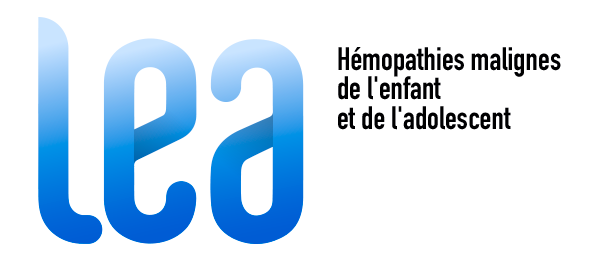Anne-Lise Alloin, Vincent Barlogis, Pascal Auquier, Audrey Contet, Maryline Poiree, François Demeocq, Iris Herrmann, Virginie Villes, Yves Bertrand, Dominique Plantaz, Justyna Kanold, Pascal Chastagner, Hervé Chambost, Nicolas Sirvent and Gérard Michel.
Br J Haematol. 2014 Jan;164(1):94-100.
https://pubmed.ncbi.nlm.nih.gov/24116693/
Corticosteroid and central nervous system (CNS) irradiation can induce cataract in childhood lymphoblastic leukaemia survivors. Few prospective studies with systematic ophthalmological evaluation have been published. Cataract was prospectively assessed by serial slip lamp tests in 517 patients. All had acute lymphoblastic leukaemia, all had been treated by chemotherapy with or without CNS irradiation, and none had received haematopoietic stem cell transplantation. Median ages at last evaluation and follow-up duration from leukaemia diagnosis were 16·8 and 10·9 years, respectively. Cataract was observed in 21/517 patients (4·1%).
Cumulative incidence was 4·5 ± 1·2% at 15 years and reached 26 ± 8·1% at 25 years. CNS irradiation was the only risk factor: prevalence was 11·1% in patients who had received irradiation and 2·8% in those who did not. We did not detect any steroid dose effect: cumulative dose was 5133 and 5190 mg/m(2) in patients with and without cataract, respectively.
Cataract occurrence did not significantly impact quality of life. We conclude that, in the range of steroid dose reported here, the cataract risk proves very low 15 years after treatment without CNS irradiation but an even more prolonged follow-up is required because of potential very late occurrence.
Keywords: acute leukaemia; cataracts; chemotherapy; late effects.

